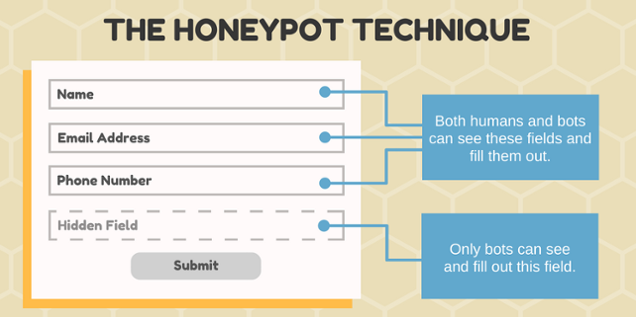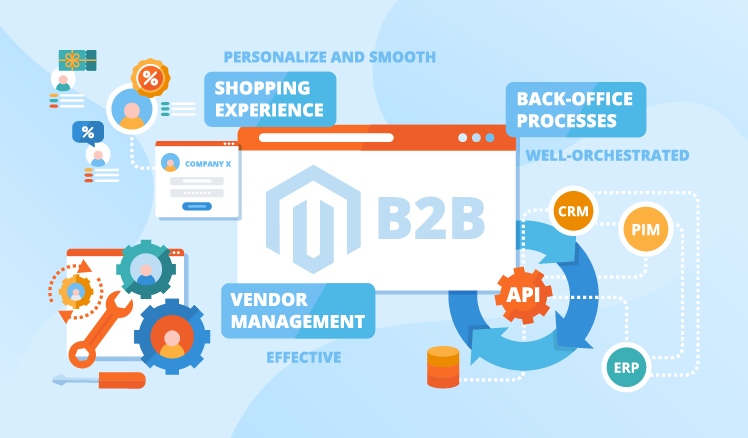Honeypot Technique of blocking spam
Here is the sample Honeypot Technique of blocking spam adding an invisible field to your forms that just spambots can see, you can trick them into uncovering that they are spambots and not genuine end clients. Sample Code is explained below
Client-Side
<input type="checkbox" name="contact_by_fax_only" value="1" style="display:none !important" tabindex="-1" autocomplete="off">
Here we have a simple checkbox that:
- Is hidden with CSS.
- Has an obscure but obviously fake name.
- Has a default value equivalent 0.
- Can't be filled by auto-complete
- Can't be navigated via the Tab key.
Server Side
On the server side, we need to verify whether the worth exists and has a worth other than 0, and provided that this is true handle it properly. This incorporates logging the endeavor and every one of the submitted fields.
In PHP it could look something like this:
$honeypot = FALSE;
if (!empty($_REQUEST['contact_by_fax_only']) && (bool) $_REQUEST['contact_by_fax_only'] == TRUE) {
$honeypot = TRUE;
log_spambot($_REQUEST);
# treat as spambot
} else {
# process as normal
}
Contingency Plan
This is where the log comes in. If some way or another one of your clients turns out to be set apart as spam, your log will assist you with recuperating any lost data. It will likewise permit you to concentrate on any bots running on you site, would it be advisable for them they be altered in the future to avoid your honeypot.
Detailing
Many administrations permit you to report known spambot IPs by means of an API or by transferring a rundown. (Like Cloudflare) Please assist with making the web a more secure spot by detailing all the spambots and spam IPs you find.
Advanced
On the off chance that you truly need to take action against a further developed spambot, there are a few extra things you can do:
- Conceal honeypot field absolutely with JS rather than plain CSS
- Utilize practical structure input names that you don't really utilize. (for example, "telephone" or "site")
- Remember structure approval for honeypot calculation. (most end-clients will just misunderstand 1 or 2 fields; spambots will commonly get a large portion of the fields wrong)
- Utilize a help like CloudFlare that consequently obstructs known spam IPs
- Have structure breaks, and forestall moment posting. (structures submitted in less than 3 seconds of the page stacking are ordinarily spam)
- Keep any IP from posting at least a couple of times a second.
- For additional thoughts look here: How to make an "Atomic" honeypot to get structure spammers







